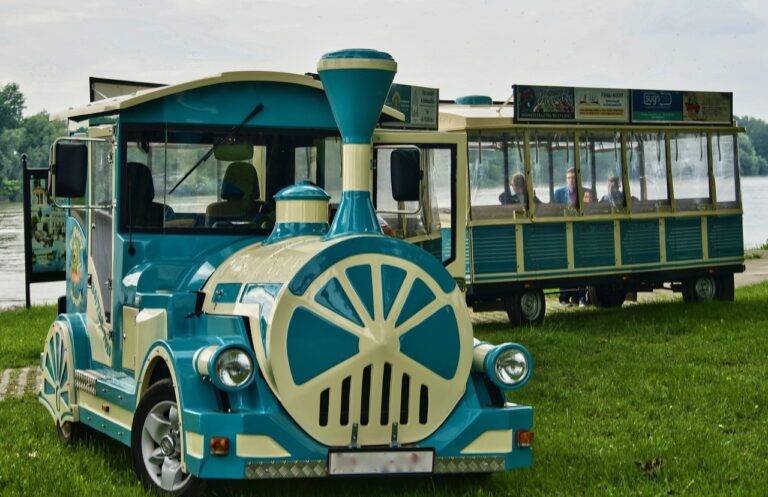The Human-Machine Interface: Bridging the Gap
Human-machine interaction (HMI) refers to the communication and interaction between humans and machines. It involves the design, development, and implementation of interfaces that allow users to interact with technology effectively. HMI plays a crucial role in how users perceive and interact with machines, influencing the overall user experience.
The goal of HMI is to create interfaces that are intuitive, user-friendly, and enhance the efficiency of human-machine interactions. By understanding the needs, preferences, and limitations of users, designers can create interfaces that are easy to use and navigate. Effective HMI design takes into consideration factors such as user behavior, cognitive abilities, and environmental context to ensure that interactions between humans and machines are seamless and productive.
• Human-machine interaction (HMI) involves the communication and interaction between humans and machines.
• HMI includes the design, development, and implementation of interfaces for effective user interaction with technology.
• The goal of HMI is to create intuitive, user-friendly interfaces that enhance human-machine interactions.
• Effective HMI design considers factors such as user behavior, cognitive abilities, and environmental context.
• Understanding user needs, preferences, and limitations is crucial in designing successful HMI interfaces.
The Evolution of Human-Machine Interfaces
Human-machine interfaces have undergone a remarkable evolution over the past few decades. Initially, interactions between humans and machines were limited to physical switches and buttons. With the advancement of technology, these interfaces began to incorporate digital displays and touchscreens, revolutionizing the way users engage with machines. The introduction of graphical user interfaces (GUIs) further enhanced the user experience by providing visual representations of tasks and actions, making interactions more intuitive and user-friendly.
As technology continued to progress, voice recognition and gesture-based interfaces became more prevalent, allowing users to interact with machines through natural language and physical movements. This shift towards more natural and seamless interactions marked a significant milestone in the evolution of human-machine interfaces. Today, emerging technologies such as virtual reality and brain-computer interfaces are pushing the boundaries of how humans and machines communicate and collaborate, opening up new possibilities for the future of human-machine interaction.
Challenges in Designing User-Friendly Interfaces
Designing user-friendly interfaces poses several challenges for developers and designers alike. One common obstacle is the need to strike a balance between functionality and simplicity. While it’s essential to provide users with a variety of features and options, overwhelming them with too much information or too many choices can lead to confusion and frustration. This delicate equilibrium requires careful consideration and testing to ensure that the interface remains intuitive and easy to navigate without sacrificing necessary functionalities.
Another significant challenge in creating user-friendly interfaces is catering to diverse user needs and preferences. Designers must take into account varying levels of technological literacy, differing cultural expectations, and individual user habits when developing interfaces. What may be intuitive for one group of users might be confusing for another. Therefore, creating interfaces that can be easily customized or adapted to suit different user profiles is crucial in ensuring a positive user experience.
What is human-machine interaction?
Human-machine interaction refers to the communication and interaction between humans and machines, typically through user interfaces.
How have human-machine interfaces evolved over time?
Human-machine interfaces have evolved from simple text-based interfaces to more sophisticated graphical user interfaces (GUIs), touchscreens, voice recognition, and other interactive technologies.
What are some common challenges in designing user-friendly interfaces?
Some common challenges include balancing simplicity with functionality, catering to diverse user needs and preferences, ensuring accessibility for users with disabilities, and designing interfaces that are intuitive and easy to navigate.







